Increased Focus on Cleanroom Standards
The Photoresist Stripper Market is also being driven by the heightened emphasis on cleanroom standards across various manufacturing sectors. As industries such as semiconductor and microelectronics continue to evolve, the need for stringent cleanliness protocols becomes paramount. Cleanrooms are essential for minimizing contamination, which can adversely affect product quality and yield. In 2025, the cleanroom market is anticipated to reach approximately 5 billion USD, underscoring the importance of maintaining high standards in production environments. This focus on cleanliness directly impacts the demand for effective photoresist strippers, as manufacturers require reliable solutions to ensure that their processes meet these rigorous standards. Thus, the Photoresist Stripper Market is likely to see sustained growth as companies prioritize cleanroom compliance.
Rising Demand in Semiconductor Manufacturing
The Photoresist Stripper Market is experiencing a notable surge in demand, primarily driven by the expanding semiconductor manufacturing sector. As the need for advanced electronic devices escalates, manufacturers are increasingly reliant on photoresist strippers to ensure the precision and cleanliness of semiconductor wafers. In 2025, the semiconductor market is projected to reach approximately 600 billion USD, indicating a robust growth trajectory. This growth is likely to propel the demand for photoresist strippers, as they play a critical role in the photolithography process, which is essential for producing intricate circuit patterns on silicon wafers. Consequently, the Photoresist Stripper Market is poised to benefit from this upward trend, as companies seek efficient and effective solutions to maintain high production standards.
Technological Innovations in Photoresist Strippers
Technological advancements are significantly influencing the Photoresist Stripper Market, as manufacturers continuously seek innovative solutions to enhance performance and efficiency. Recent developments in chemical formulations and application techniques have led to the creation of more effective photoresist strippers that minimize damage to substrates while maximizing removal efficiency. For instance, the introduction of eco-friendly formulations is gaining traction, aligning with the industry's shift towards sustainability. As of 2025, the market for advanced photoresist strippers is expected to grow at a compound annual growth rate of around 6%, reflecting the increasing adoption of these innovative products. This trend suggests that companies investing in research and development will likely gain a competitive edge in the Photoresist Stripper Market.
Expansion of Electronics and Consumer Goods Sectors
The expansion of the electronics and consumer goods sectors is a significant driver for the Photoresist Stripper Market. As consumer demand for electronic devices continues to rise, manufacturers are ramping up production to meet this need. The Photoresist Stripper is projected to exceed 1 trillion USD by 2025, which will likely result in increased utilization of photoresist strippers in the production of various electronic components. This growth is indicative of a broader trend where manufacturers are investing in advanced materials and processes to enhance product performance. Consequently, the Photoresist Stripper Market stands to benefit from this expansion, as companies seek effective solutions to maintain high-quality production standards in the face of growing consumer demand.
Regulatory Compliance and Environmental Considerations
Regulatory compliance and environmental considerations are increasingly shaping the dynamics of the Photoresist Stripper Market. As governments and regulatory bodies impose stricter guidelines on chemical usage and waste management, manufacturers are compelled to adopt more sustainable practices. This shift is driving the development of eco-friendly photoresist strippers that align with environmental regulations. In 2025, the market for green chemicals is expected to grow significantly, reflecting the industry's response to these regulatory pressures. Companies that prioritize compliance and sustainability are likely to gain a competitive advantage in the Photoresist Stripper Market, as they appeal to environmentally conscious consumers and stakeholders. This trend suggests a transformative shift towards more responsible manufacturing practices.

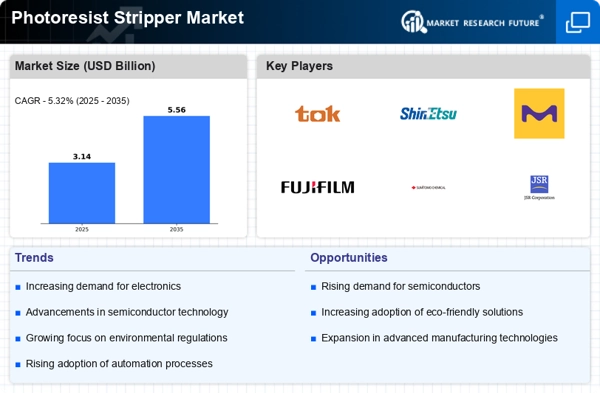
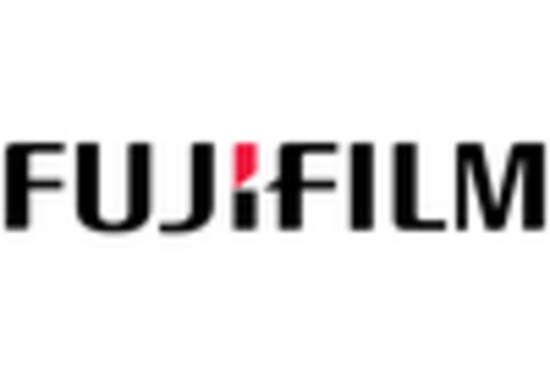
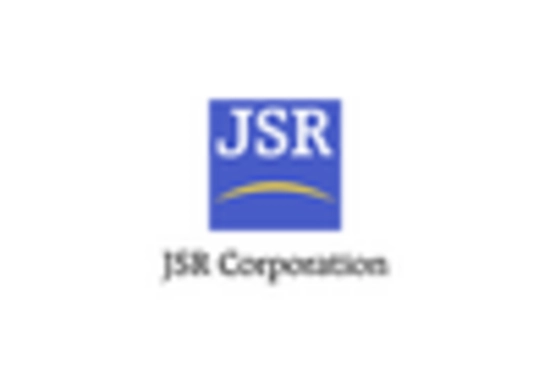

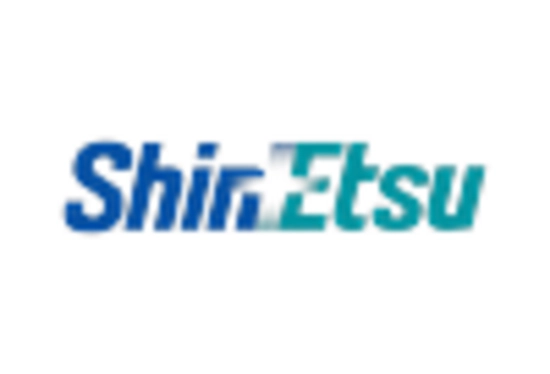
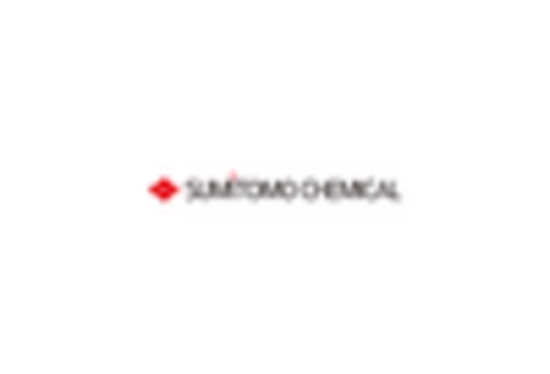
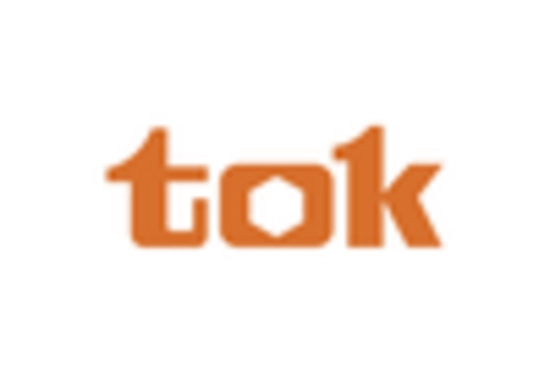








Leave a Comment